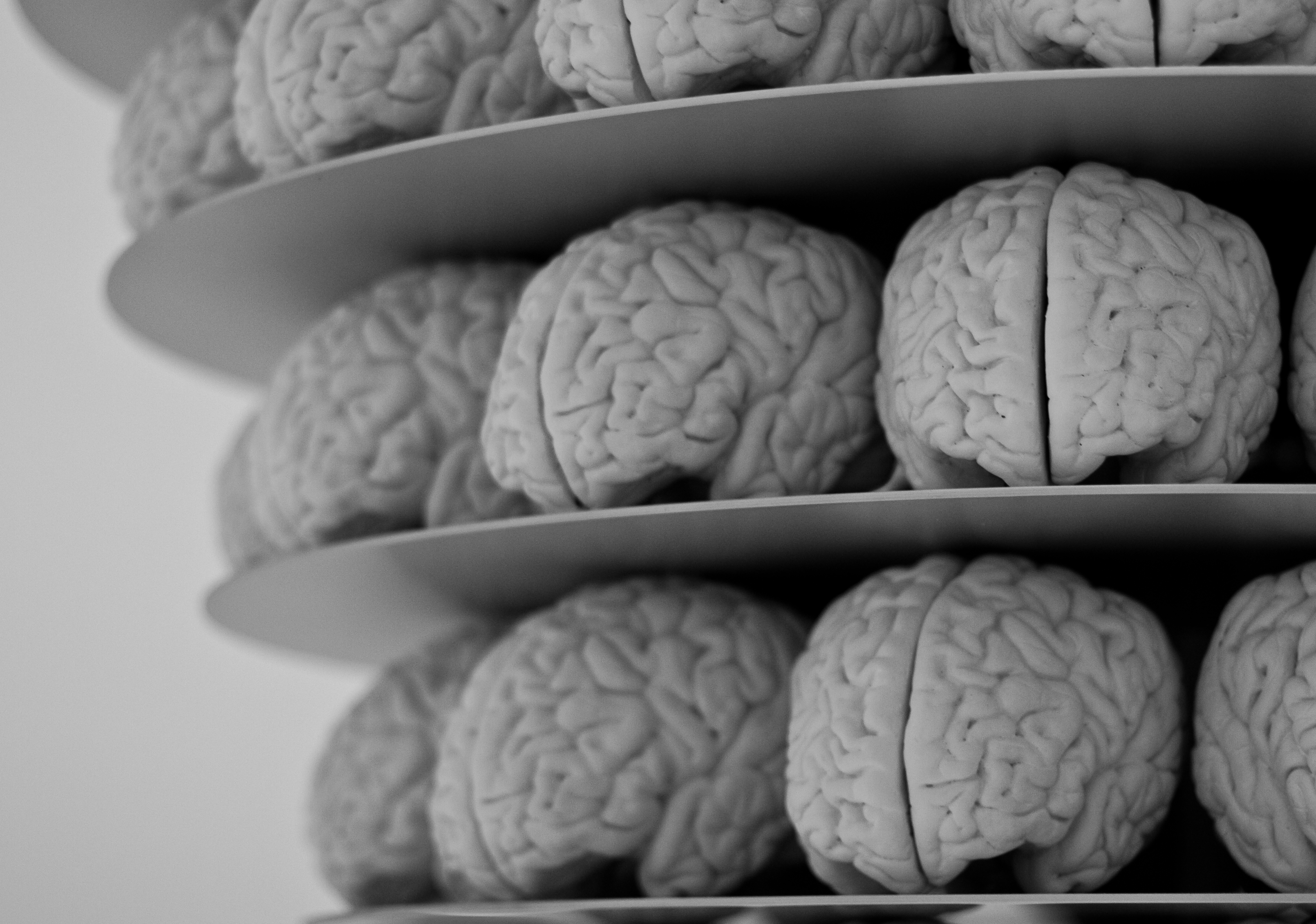The brain is a complex organ that people are constantly trying to understand. Brain circuitry is a particularly important aspect of how the brain works. Brain circuits can refer to a bunch of neurons working together to interpret information, as well as regions of the brain that are interconnected in order to perform certain functions. The key to diagnosing and treating brain diseases, such as Alzheimer’s, may very well lie in the brain circuits that have yet to be understood. However, mapping the circuits of the brain is a difficult and delicate task. The common mapping method of using drugs and light requires invasive techniques that causes brain damage, further limiting possible research. Fortunately, a recent development may enable researchers to map brain circuits without needing to deal with the resulting limitations.
Image Source: PM Images
Researchers have developed a brain implant device that enables them to inject drugs and shine lights on neurons using a remote control. Although the device needs to be surgically inserted, it is a vast improvement over the metal tubes that are currently being used. Since the width of the device is a fraction of that of a human hair, the device causes less damage to brain tissues and minimizes the risks associated with invasive techniques. The researchers conducted various experiments by implanting the device in the brains of mice. Overall, the experiments indicated that the device was very capable of being used for mapping brain circuits.
The manufacturing of this device is revolutionary, as it performs tasks that are important for neuroscience research. Furthermore, one of the many tests performed by the researchers suggests that the brain implant may serve as a mind control device. In this test, researchers used the brain implant to inject a certain drug that caused the mice to move in a certain way. The results of this specific experiment brings into question whether using such a device on animals is ethical. However, the fact remains that the device may likely contribute to the discovery of cures for brain diseases.
Feature Image Source: Brains by Neil Conway










